Growing Naranjilla In Containers: How To Care For Potted Naranjilla Trees
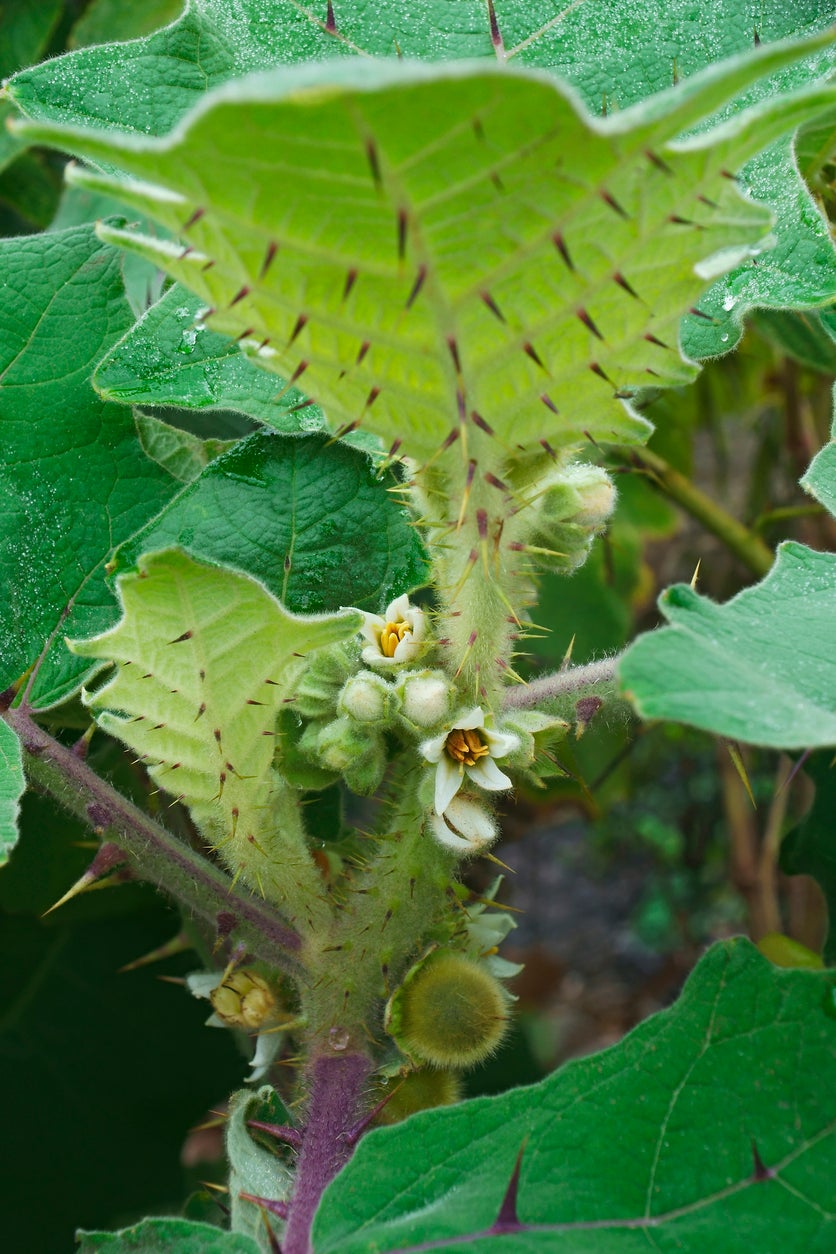

Container gardening is an extremely useful gardening technique for those wishing to expand their growing spaces. Growers may choose to plant in containers or pots for a variety of reasons. Most commonly, those without adequate space or proper climate conditions are able to grow plants that may not be specifically suited to their growing zone. For many, this includes those wishing to delve into the growth of subtropical fruits and vegetables. One such plant, the naranjilla, is a perfect candidate for cultivation in containers.
Potted Naranjilla Trees
Loosely translated to “little orange,” naranjilla plants are native to South America. These unique members of the Solanaceae family produce small orange-yellow fruits which are treasured for their use in juices, as well as in baking and in various sweet treats. Intolerant of cold temperatures, mature plants produce clusters of small, 2 inch (5 cm.) fruits. Though technically relatives of tomatoes, the fruits are noted for their sweet (and sometimes sour) taste. Since the trees are intolerant of cold, it is not uncommon for gardeners to try their hand at growing naranjilla in containers. This is a great way to enjoy the exotic tasting fruit without making a trip to a more tropical climate.
Growing Naranilla in Containers
When choosing to grow naranjilla in a pot, there are quite a few options. While plants for this herbaceous shrub are available to order online, many growers choose to start the plants from seed. Depending upon where you live, naranjilla seeds will need to be started early in the season. Most growers choose to start the seeds indoors around the middle of January and into February with the help of grow lights and a horticultural heating pad. Getting an early start will ensure that container grown naranjilla plants will have the best opportunity possible to bloom and produce fruits in their first season. It should also be noted that there are many different types of naranjilla. While many varieties have attention-grabbing thorny spines, there are spineless varieties which may be more suited to being grown as potted naranjilla trees. Once the seeds have germinated, grow the plants using a grow light or place the seedlings into a bright and sunny windowsill until all chance of frost has passed. Harden the seedlings off and transplant them into their final containers. Since these shrubs do have the potential to grow quite large, make certain to select large pots with adequate drainage. Plants will continue to grow throughout the season. Many believe this plant to be short-day dependent. This means that it may be likely that fruit will only begin to set when the day length reaches around eight to ten hours. Regardless, the striking foliage and tropical appearance of naranjilla plants makes for a beautiful container grown addition to the home garden.
Gardening tips, videos, info and more delivered right to your inbox!
Sign up for the Gardening Know How newsletter today and receive a free copy of our e-book "How to Grow Delicious Tomatoes".

Tonya Barnett has been gardening for 13 years. Flowers are her passion. She has transformed her backyard into a cut flower garden, which she regularly chronicles on her YouTube channel http://www.youtube.com/@tonyawiththeflowers.
-
 Grow ‘Karl Rosenfield’ Peony Plants For The Ultimate Frilly Border Beauties And Cut Flowers
Grow ‘Karl Rosenfield’ Peony Plants For The Ultimate Frilly Border Beauties And Cut FlowersFor frilly double magenta peony petals infused with a heady fragrance, grow ‘Karl Rosenfield’ peony plants. Here’s how to cultivate the ultimate plushy blooms
By Tonya Barnett
-
 10 Common Composting Problems That Can Spoil Your Garden Gold – Plus Easy Fixes
10 Common Composting Problems That Can Spoil Your Garden Gold – Plus Easy FixesLearn how to troubleshoot common composting issues before they ruin your stash – from bad smells and bugs to materials not breaking down as they should.
By Susan Albert
-
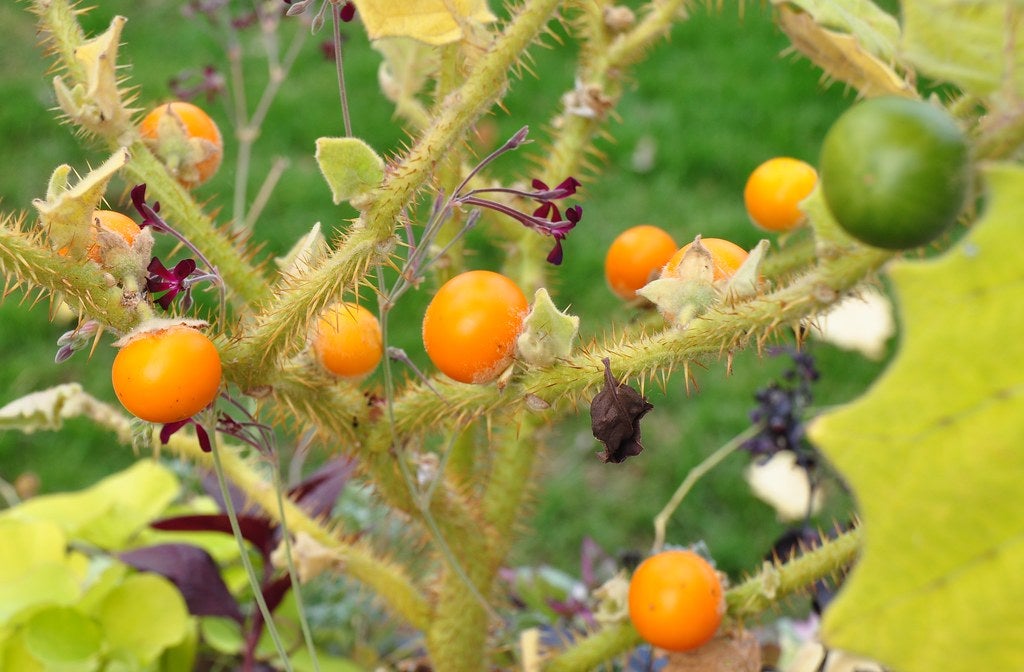 Naranjilla Pest Problems: What Are Common Naranjilla Pests
Naranjilla Pest Problems: What Are Common Naranjilla PestsThe naranjilla plant is a tough little tree, but it occasionally gets attacked by naranjilla pests, notably the root knot nematode. For information about naranjilla pest problems, including a list of bugs that eat naranjilla, this article can help.
By Teo Spengler
-
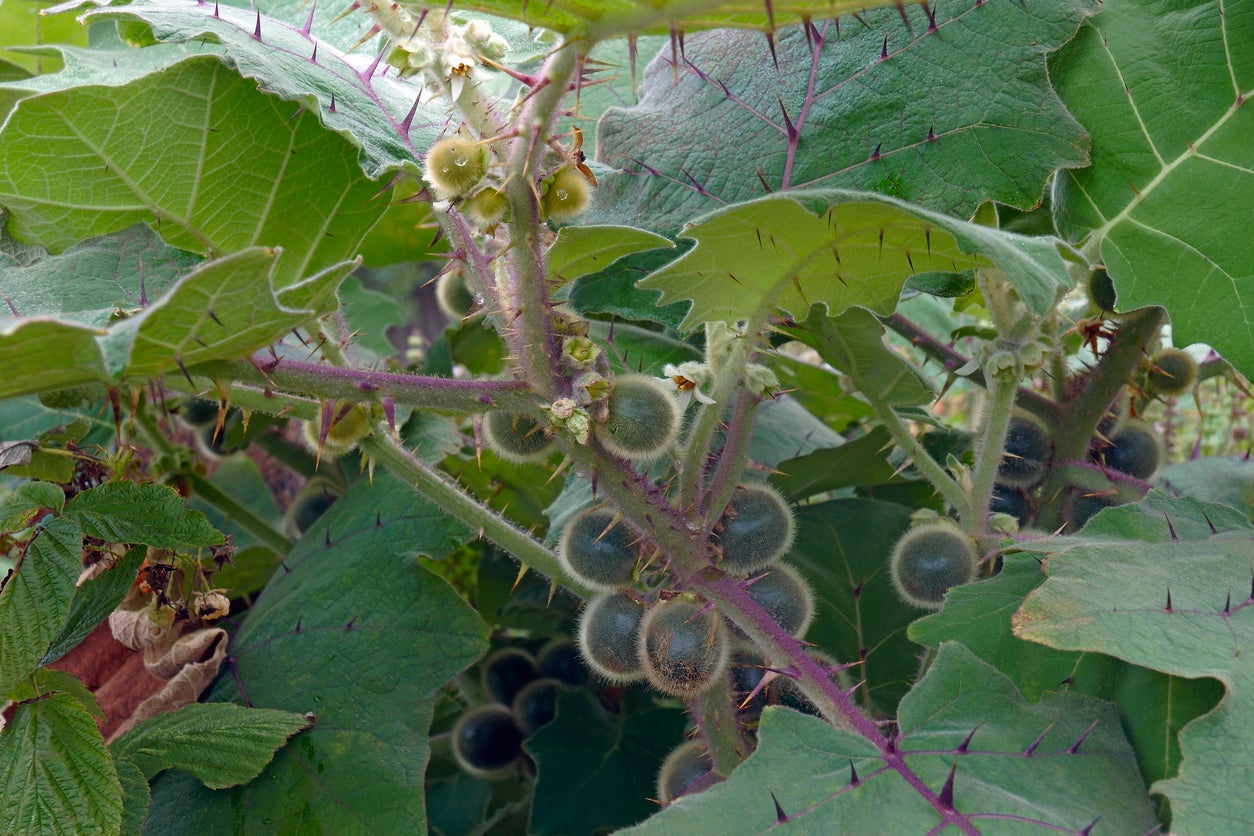 Naranjilla Propagation: Tips For Growing New Naranjilla Trees
Naranjilla Propagation: Tips For Growing New Naranjilla TreesA common name of “little orange” might lead one to think naranjilla is a citrus, but it is not. However, the taste is similar to a tart pineapple or lemon. If you want to grow this unusual specimen or have one and wish for more, learn how to propagate naranjilla here.
By Becca Badgett
-
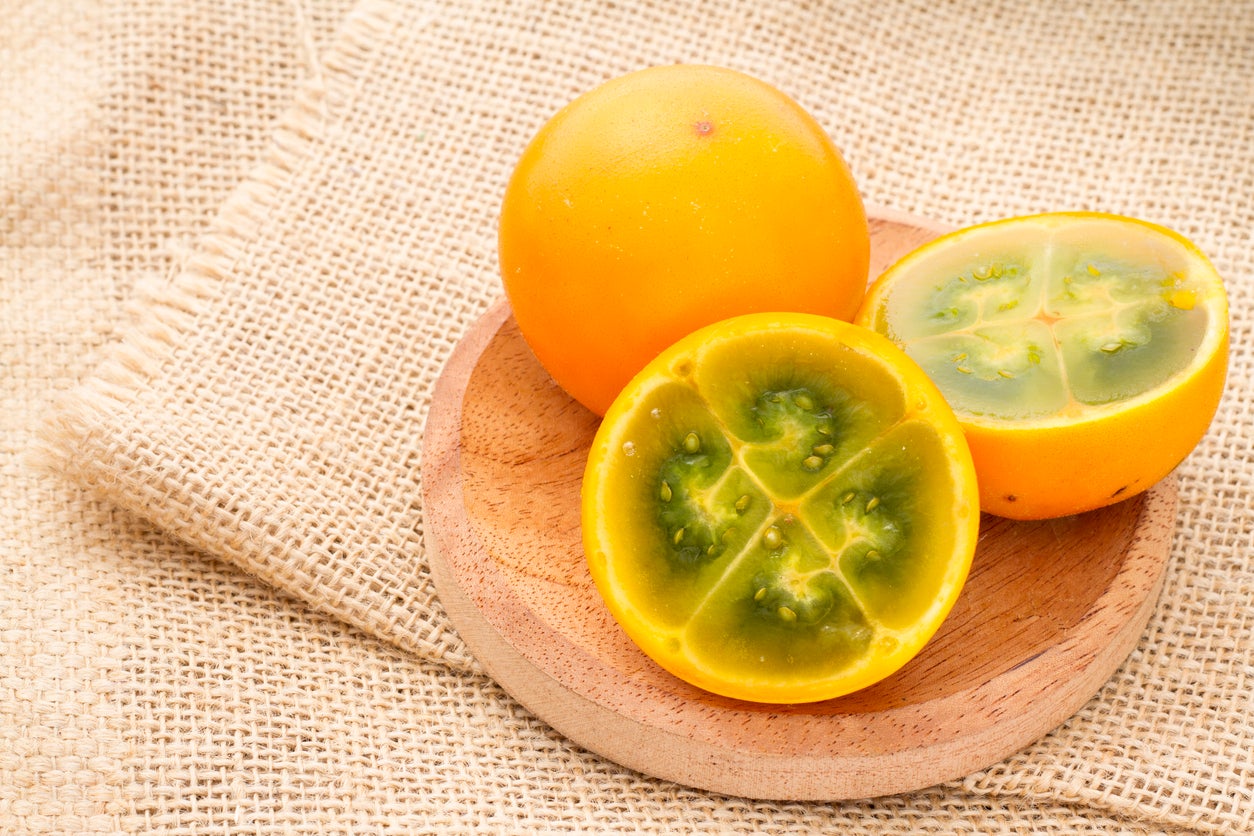 Picking Naranjilla Fruits: Tips For Harvesting Naranjilla
Picking Naranjilla Fruits: Tips For Harvesting NaranjillaNaranjilla fruit tends to be flavorless and unpleasant when unripe. However, it can be tangy and delicious if naranjilla harvest occurs at the optimum point of ripeness. So, how to you know when to harvest naranjilla? Learn more about harvesting this interesting fruit here.
By Mary H. Dyer
-
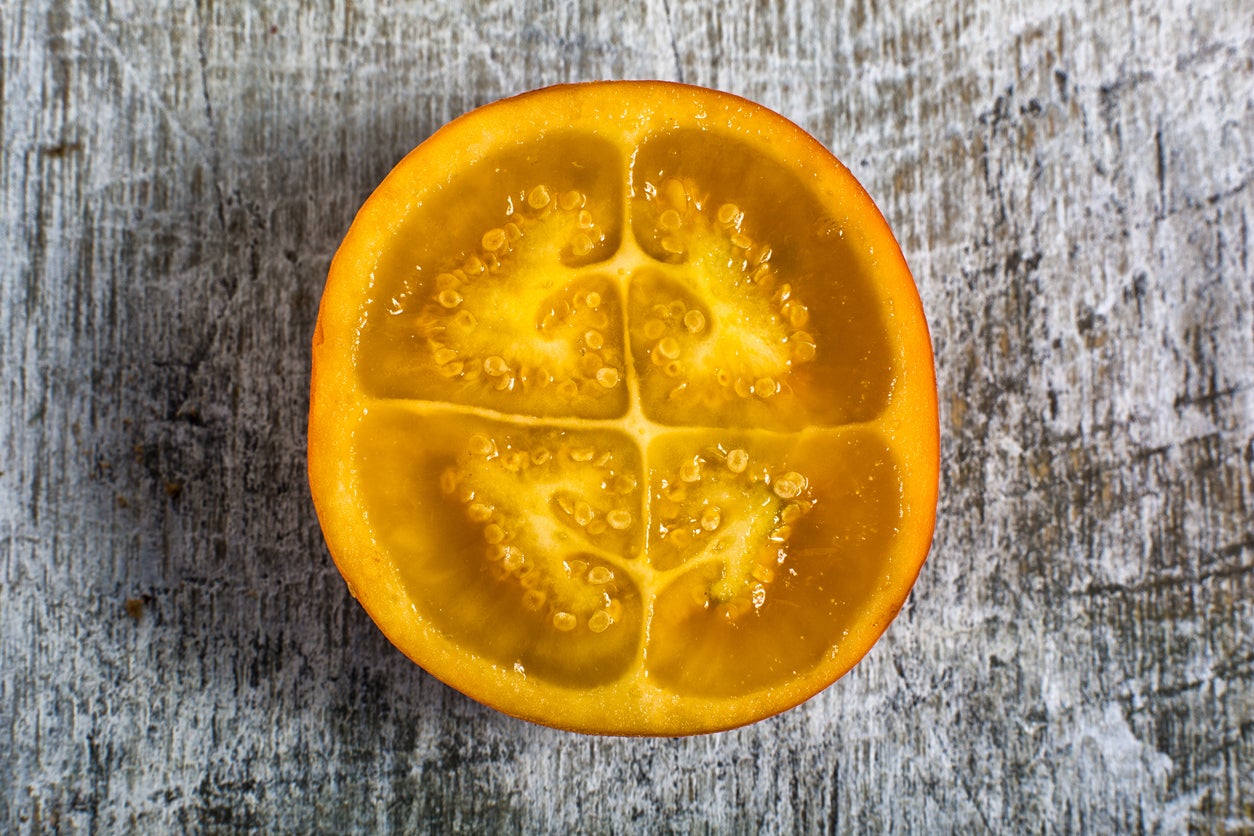 Naranjilla Seed Propagation – Learn How To Grow Naranjilla From Seed
Naranjilla Seed Propagation – Learn How To Grow Naranjilla From SeedIt’s a lot of fun to bring naranjilla into your garden, and inexpensive too, since you can easily grow naranjilla from seed. Click this article for information about naranjilla seed germination as well as tips for propagating naranjilla seeds.
By Teo Spengler
-
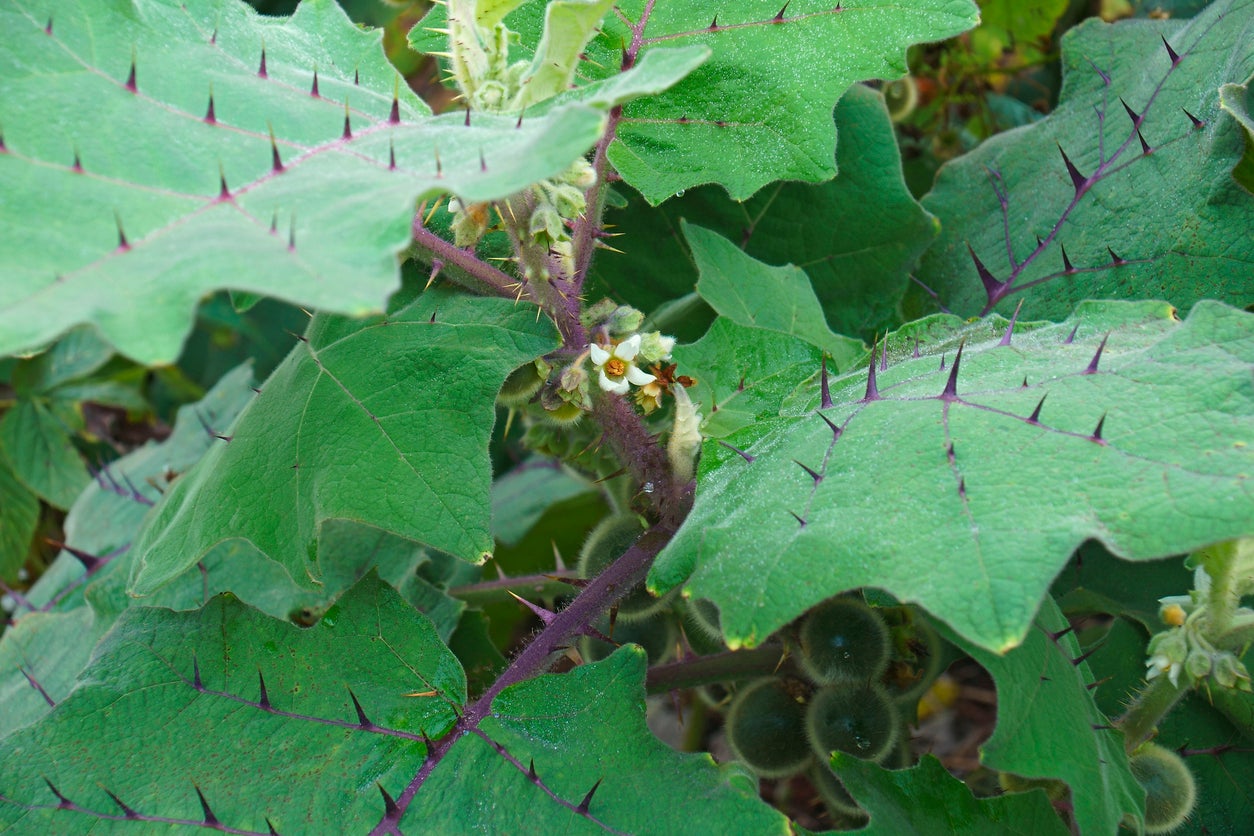 Naranjilla Layering Info: Learn How To Layer Naranjilla Trees
Naranjilla Layering Info: Learn How To Layer Naranjilla TreesInterested in learning how to layer naranjilla? Air layering, which involves rooting a naranjilla branch while it’s still attached to the parent plant, is surprisingly easy. Click on the following article to learn about naranjilla air layering propagation.
By Mary H. Dyer
-
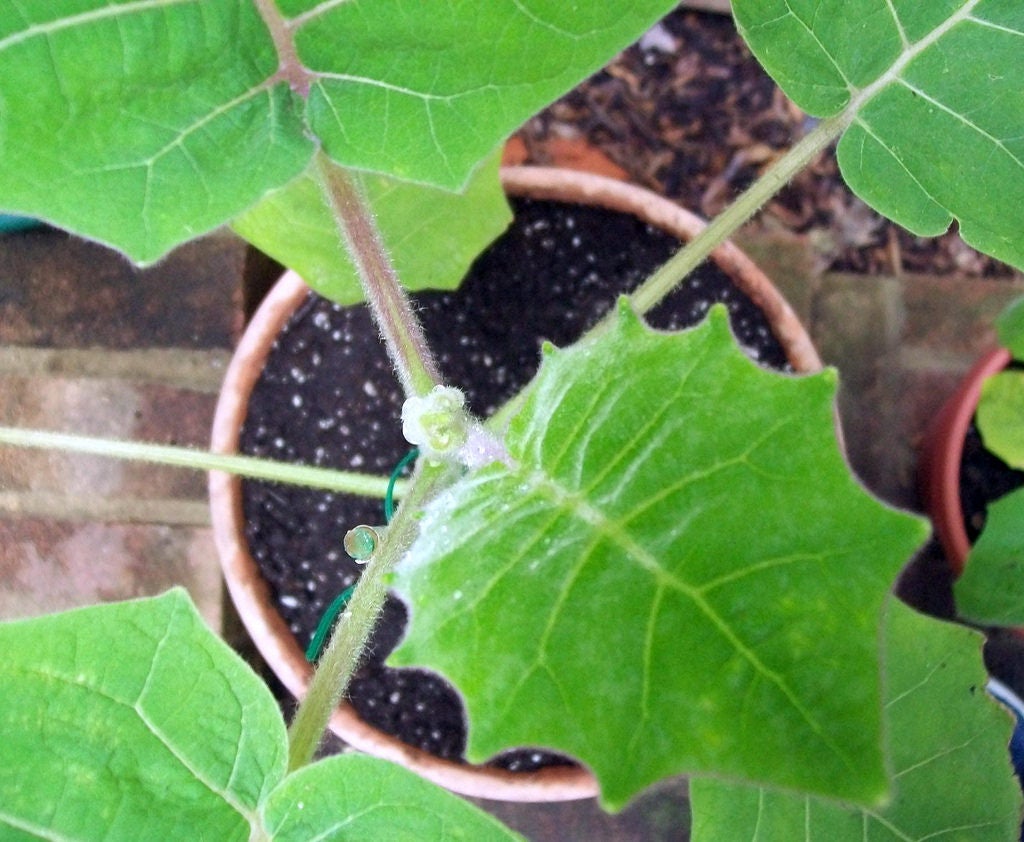 Growing Naranjilla From Cuttings – How To Root Naranjilla Cuttings
Growing Naranjilla From Cuttings – How To Root Naranjilla CuttingsCan you grow naranjilla from cuttings? Yes, you sure can, and it’s not all that difficult. Click on the following article to learn about naranjilla cutting propagation and growing naranjilla from cuttings.
By Mary H. Dyer
-
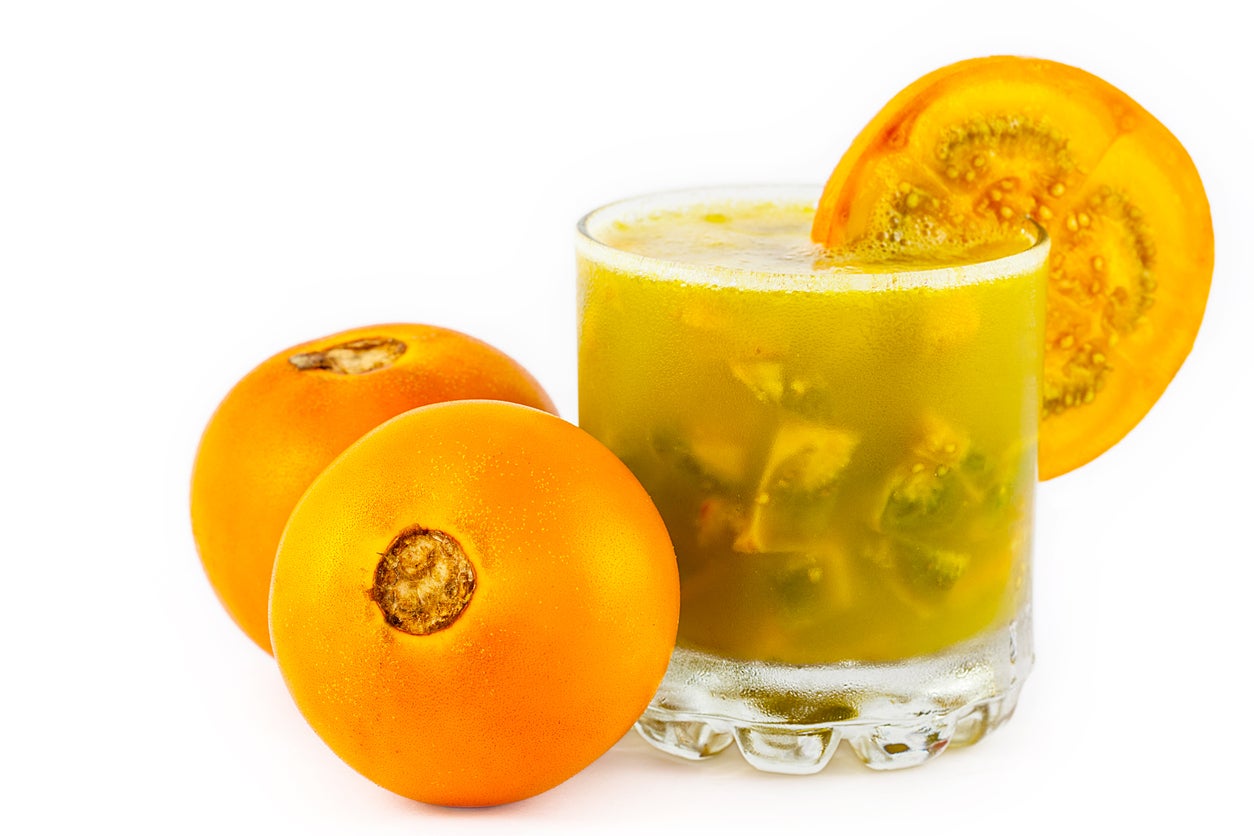 Eating Naranjilla – Learn How To Use Naranjilla Fruit
Eating Naranjilla – Learn How To Use Naranjilla FruitNaranjilla is indigenous to Colombia, Ecuador, Peru and Venezuela. If visiting these countries, it is highly recommended that you try eating it. Each culture has a different way of using naranjilla fruit; all are delicious. How do the locals use naranjilla? Find out here.
By Amy Grant
-
 Kinds Of Naranjilla Fruit: Are There Different Varieties Of Naranjilla
Kinds Of Naranjilla Fruit: Are There Different Varieties Of NaranjillaThere are three naranjilla varieties: spineless types of naranjilla cultivated in Ecuador, spined varieties of naranjilla grown primarily in Colombia and another type called baquicha. The following article discusses the three different naranjilla varieties.
By Amy Grant